What happens in the brain during the process of death? Not only researchers but a lot of people are eager and hold a significant interest in near death experiences (NDEs). Survivors who experienced life-threatening situations report identifiable features of their dying process and help us understand the effect on the brain.
Near death experiences are triggered during singular life-threatening episodes when the body is injured by a heart attack, shock, or blunt trauma such as an explosion or a fall.
These events share broad commonalities: becoming pain-free, seeing a bright light at the end of a tunnel, or detaching from one’s body and floating above it and even flying off into space.
Why the mind should experience the struggle: to sustain its operations in the face of a loss of blood flow and oxygen as positive and blissful rather than as panic-inducing remains a mystery.
A young Ernest Hemingway, badly injured by an exploding shell on a World War I battlefield, wrote in a letter home that “dying is a very simple thing. I’ve looked at death, and really I know. If I should have died it would have been very easy for me. Quite the easiest thing I ever did.”
Years later Hemingway adapted his own experience—that of the soul leaving the body, taking flight, and then returning—for his famous short story “The Snows of Kilimanjaro,” about an African safari gone disastrously wrong.
The protagonist, stricken by gangrene, knows he is dying. Suddenly, his pain vanishes, and Compie, a bush pilot, arrives to rescue him. The two take off and fly together through a storm with rain so thick “it seemed like flying through a waterfall” until the plane emerges into the light: before them, “unbelievably white in the sun, was the square top of Kilimanjaro.
And then he knew that there was where he was going.” The description embraces elements of a classic near death experience: the darkness, the cessation of pain, the emerging into the light, and then a feeling of peacefulness.
Related: Top 5 Regrets Of The Dying And How We Can Avoid Them
Peace Beyond Understanding
Near death experiences, or NDEs, are triggered during singular life-threatening episodes when the body is injured by blunt trauma, a heart attack, asphyxia, shock, and so on. About one in 10 patients with cardiac arrest in a hospital setting undergoes such an episode.
Thousands of survivors of these harrowing touch-and-go situations tell of leaving their damaged bodies behind and encountering a realm beyond everyday existence, unconstrained by the usual boundaries of space and time. These powerful, mystical experiences can lead to the permanent transformation of their lives.
Near death Experiences came to the attention of the general public in the last quarter of the 20th century from the work of physicians and psychologists—in particular, Raymond Moody, who coined the term “near death experience” in his 1975 bestseller, Life after Life, and Bruce M. Greyson, one of the two researchers on the study mentioned earlier, who also published The Handbook of Near-Death Experiences in 2009.
Noticing patterns in what people would share about their near death stories, these researchers turned a phenomenon once derided as confabulation or dismissed as feverish hallucination (deathbed visions of yore) into a field of empirical study.
Related: 9 Truths Only Death Can Teach Us About Life
I accept the reality of these intensely felt experiences. They are as authentic as any other subjective feeling or perception. As a scientist, however, I operate under the hypothesis that all our thoughts, memories, percepts, and experiences are an ineluctable consequence of the natural causal powers of our brain rather than of any supernatural ones.
That premise has served science and its handmaiden, technology, extremely well over the last few centuries. Unless there is extraordinary, compelling, objective evidence to the contrary, I see no reason to abandon this assumption.
The challenge, then, is to explain near death experiences within a natural framework. As a longtime student of the mind-body problem, I care about NDEs because they constitute a rare variety of human consciousness and because of the remarkable fact that an event lasting well under an hour in objective time leaves a permanent transformation in its wake.
A Pauline conversion on the road to Damascus—no more fear of death, a detachment from material possessions, and an orientation toward the greater good. Or, as in the case of Hemingway, an obsession with risk and death.
Similar mystical experiences are commonly reported when ingesting psychoactive substances from a class of hallucinogens linked to the neurotransmitter serotonin, including psilocybin (the active ingredient in magic mushrooms), LSD, DMT (aka the Spirit Molecule), and 5-MeO-DMT (aka the God Molecule), consumed as part of religious, spiritual or recreational practices.
The Undiscovered Country
It must be remembered that near death experiences have been with us at all times in all cultures and in all people, young and old, devout and skeptical (think, for instance, of the so-called Tibetan Book of the Dead, which describes the mind before and after death).
To those raised in religious traditions, Christian or otherwise, the most obvious explanation is that they were granted a vision of heaven or hell, of what awaits them in the hereafter. Interestingly, NDEs are no more likely to occur in devout believers than in secular or nonpracticing subjects.
Related: The Man Who ‘Discovered’ ADHD Makes A Startling Deathbed Confession
Personal narratives are drawn from the historical record furnish intensely vivid accounts of NDEs that can be as instructive as any dry, clinical case report, if not more so. In 1791, for instance, British admiral Sir Francis Beaufort (after whom the Beaufort wind scale is named) almost drowned, an event he recalled in this fashion:
A calm feeling of the most perfect tranquility succeeded the most tumultuous sensation…. Nor was I in any bodily pain. On the contrary, my sensations were now of rather a pleasurable cast ….
Though the senses were thus deadened, not so the mind; its activity seemed to be invigorated in a ratio which defies all description; for thought rose afterthought with a rapidity of succession that is not only indescribable but probably inconceivable, by anyone who has been himself in a similar situation.
The course of these thoughts I can even now in a great measure retrace: the event that had just taken place …. Thus, traveling backward, every incident of my past life seemed to me to glance across my recollection in retrograde procession … the whole period of my existence seemed to be placed before me in a kind of panoramic view.
Local brain regions go offline one after another. The mind, whose substrate is whichever neurons remain intact, then does what it always does: it tells a story shaped by a person’s experience, memory, and cultural expectations.
Related: What Happens After Death?
Another instance was recorded in 1900 when Scottish surgeon Sir Alexander Ogston (discoverer of Staphylococcus) succumbed to a bout of typhoid fever. He described what happened this way:
I lay, as it seemed, in a constant stupor that excluded the existence of any hopes or fears. Mind and body seemed to be dual, and to some extent separate. I was conscious of the body as an inert tumbled mass near a door; it belonged to me, but it was not I. I was conscious that my mental self used regularly to leave the body ….
I was then drawn rapidly back to it, joined it with disgust, and it became I, and was fed, spoken to, and cared for …. And though I knew that death was hovering about, having no thought of religion nor dread of the end, and roamed on beneath the murky skies apathetic and contented until something again disturbed the body where it lay when I was drawn back to it afresh.
More recently, British writer Susan Blackmore received a report from a woman from Cyprus who had an emergency gastrectomy in 1991:
On the fourth day following that operation, I went into shock and became unconscious for several hours …. Although thought to be unconscious, I remembered, for years afterward, the entire, detailed conversation that passed between the surgeon and anesthetist present ….
I was lying above my own body, totally free of pain, and looking down at my own self with compassion for the agony I could see on the face; I was floating peacefully. Then … I was going elsewhere, floating towards a dark, but not frightening, curtain-like area …
Then I felt total peace. Suddenly it all changed—I was slammed back into my body again, very much aware of the agony again.
The underlying neurological sequence of events in a near death experience is difficult to determine with any precision because of the dizzying variety of ways in which the brain can be damaged. Furthermore, near death experiences do not strike when the individual is lying inside a magnetic scanner or has his or her scalp covered by a net of electrodes.
It is possible, though, to gain some idea of what happens by examining a cardiac arrest, in which the heart stops beating (the patient is “coding,” in hospital jargon). The patient has not died, because the heart can be jump-started via cardiopulmonary resuscitation.
Modern death requires irreversible loss of brain function. When the brain is starved of blood flow (ischemia) and oxygen (anoxia), the patient faints in a fraction of a minute, and his or her electroencephalogram, or EEG, becomes isoelectric—in other words, flat.
This implies that large-scale, spatially distributed electrical activity within the cortex, the outermost layer of the brain, has broken down. Like a town that loses power one neighborhood at a time, local regions of the brain go offline one after another.
The mind, whose substrate is whichever neurons remain capable of generating electrical activity, does what it always does: it tells a story shaped by the person’s experience, memory, and cultural expectations.
Related: 12 Signs You’re Experiencing Spiritual Death And Rebirth
Given these power outages, this experience may produce the rather strange and idiosyncratic stories that make up the corpus of NDE reports. To the person undergoing it, the NDE is as real as anything the mind produces during normal waking.
When the entire brain has shut down because of complete power loss, the mind is extinguished, along with consciousness. If and when oxygen and blood flow are restored, the brain boots up, and the narrative flow of experience resumes.
Scientists have videotaped, analyzed, and dissected the loss and subsequent recovery of consciousness in highly trained individuals—U.S. test pilots and NASA astronauts in centrifuges during the cold war (recall the scene in the 2018 movie First Man of a stoic Neil Armstrong, played by Ryan Gosling, being spun in a multiaxis trainer until he passes out).
At around five times the force of gravity, the cardiovascular system stops delivering blood to the brain, and the pilot faints. About 10 to 20 seconds after these large g-forces cease, consciousness returns, accompanied by a comparable interval of confusion and disorientation (subjects in these tests are obviously very fit and pride themselves on their self-control).
The range of phenomena these men recount may amount to “NDE lite”—tunnel vision and bright lights; a feeling of awakening from sleep, including partial or complete paralysis; a sense of peaceful floating; out-of-body experiences; sensations of pleasure and even euphoria; and short but intense dreams, often involving conversations with family members, that remain vivid to them many years afterward.
Related: A Link Between The Date Of Birth And Date Of Death
These intensely felt experiences, triggered by a specific physical insult, typically do not have any religious character (perhaps because participants knew ahead of time that they would be stressed until they fainted).
By their very nature, NDEs are not readily amenable to well-controlled laboratory experimentation, although this might change. For instance, it may be possible to study aspects of them in the humble lab mouse—maybe it, too, can experience a review of lifetime memories or euphoria before death.
The Fading Of The Light
Many neurologists have noted similarities between near death experiences and the effects of a class of epileptic events known as complex partial seizures. These fit partially impair consciousness and often are localized to specific brain regions in one hemisphere. They can be preceded by an aura, which is a specific experience unique to an individual patient that is predictive of an incipient attack.
Related: Dead For 3 Years and No One Notices! – Lessons From The Joyce Vincent Story
The seizure may be accompanied by changes in the perceived sizes of objects; unusual tastes, smells, or bodily feelings; déjà vu; depersonalization; or ecstatic feelings.
Episodes featuring the last items on this list are also clinically known as Dostoyevsky’s seizures, after the late 19th-century Russian writer Fyodor Dostoyevsky, who suffered from severe temporal lobe epilepsy. Prince Myshkin, the protagonist of his novel The Idiot, remembers:
During his epileptic fits, or rather immediately preceding them, he had always experienced a moment or two when his whole heart, and mind, and body seemed to wake up to vigor and light;
When he became filled with joy and hope, and all his anxieties seemed to be swept away forever; these moments were but presentiments, as it were, of the one final second (it was never more than a second) in which the fit came upon him.
That second, of course, was inexpressible. When his attack was over, and the prince reflected on his symptoms, he used to say to himself: … “What matter though it be only disease, an abnormal tension of the brain if when I recall and analyze the moment, it seems to have been one of harmony and beauty in the highest degree—an instant of deepest sensation, overflowing with unbounded joy and rapture, ecstatic devotion, and completest life? … I would give my whole life for this one instant.
More than 150 years later neurosurgeons are able to induce such ecstatic feelings by electrically stimulating part of the cortex called the insula in epileptic patients who have electrodes implanted in their brain. This procedure can help locate the origin of the seizures for possible surgical removal.
Patients report bliss, enhanced well-being, and heightened self-awareness or perception of the external world. Exciting the gray matter elsewhere can trigger out-of-body experiences or visual hallucinations.
This brute link between abnormal activity patterns—whether induced by the spontaneous disease process or controlled by a surgeon’s electrode—and subjective experience provides support for a biological, not spiritual, origin. The same is likely to be true for near death experiences.
Why the mind should experience the struggle to sustain its operations in the face of the loss of blood flow and oxygen as positive and blissful rather than as panic-inducing remains mysterious.
It is intriguing, though, that the outer limit of the spectrum of human experience encompasses other occasions in which reduced oxygen causes pleasurable feelings of jauntiness, light-headedness, and heightened arousal—deepwater diving, high-altitude climbing, flying, the choking or fainting game, and sexual asphyxiation.
Related: How To Deal With Death and Dying As You Age?
Perhaps such ecstatic experiences are common to many forms of death as long as the mind remains lucid and is not dulled by opiates or other drugs given to alleviate pain. The mind, chained to a dying body, visits its own private version of heaven or hell before entering Hamlet’s “undiscovered country from whose bourn no traveler returns.”
Written By: Christof Koch Originally Appeared On Scientific American Republished with permission
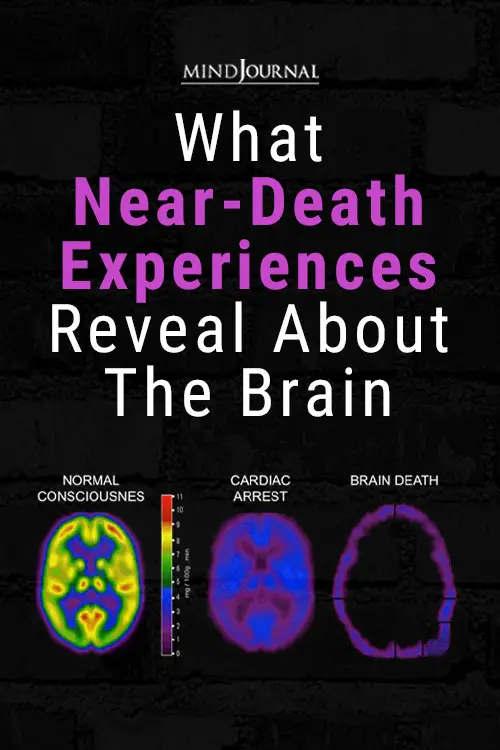
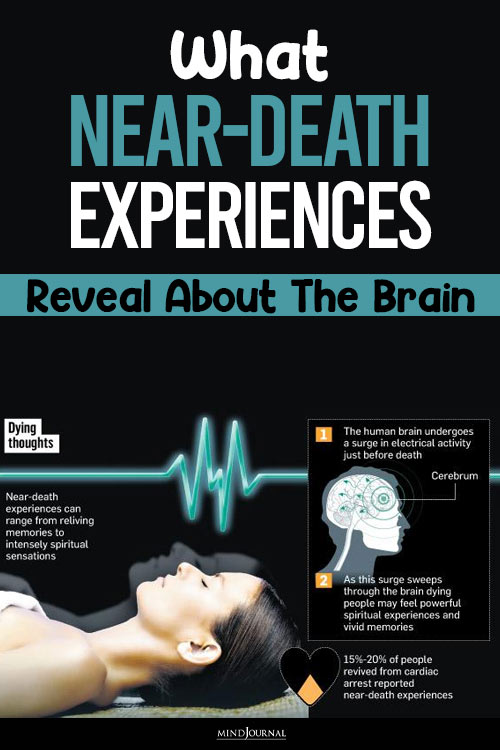
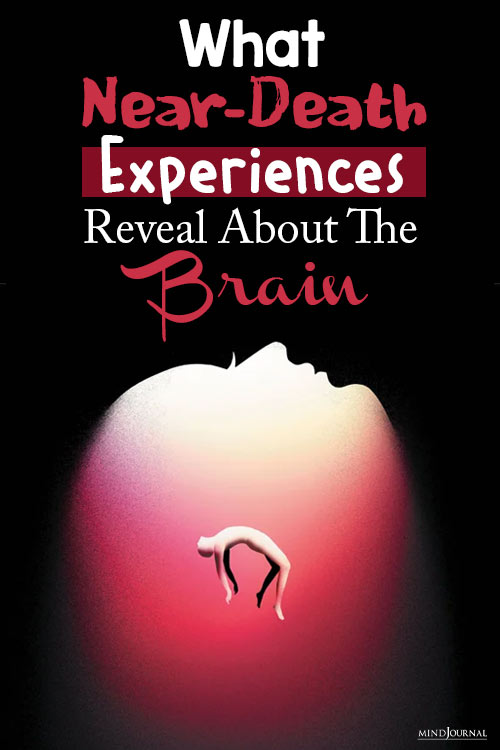
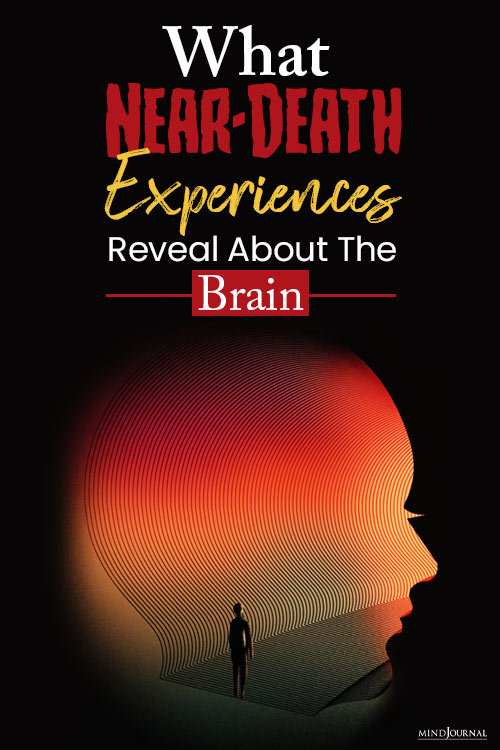
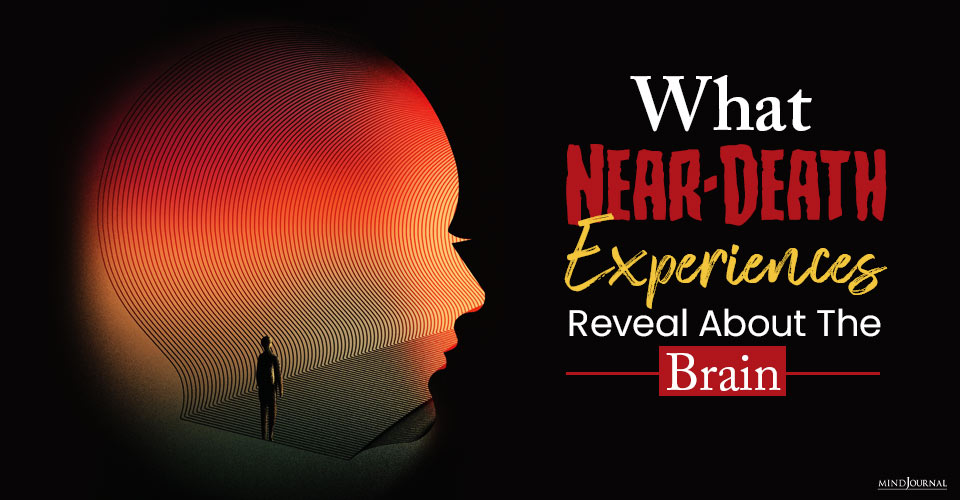

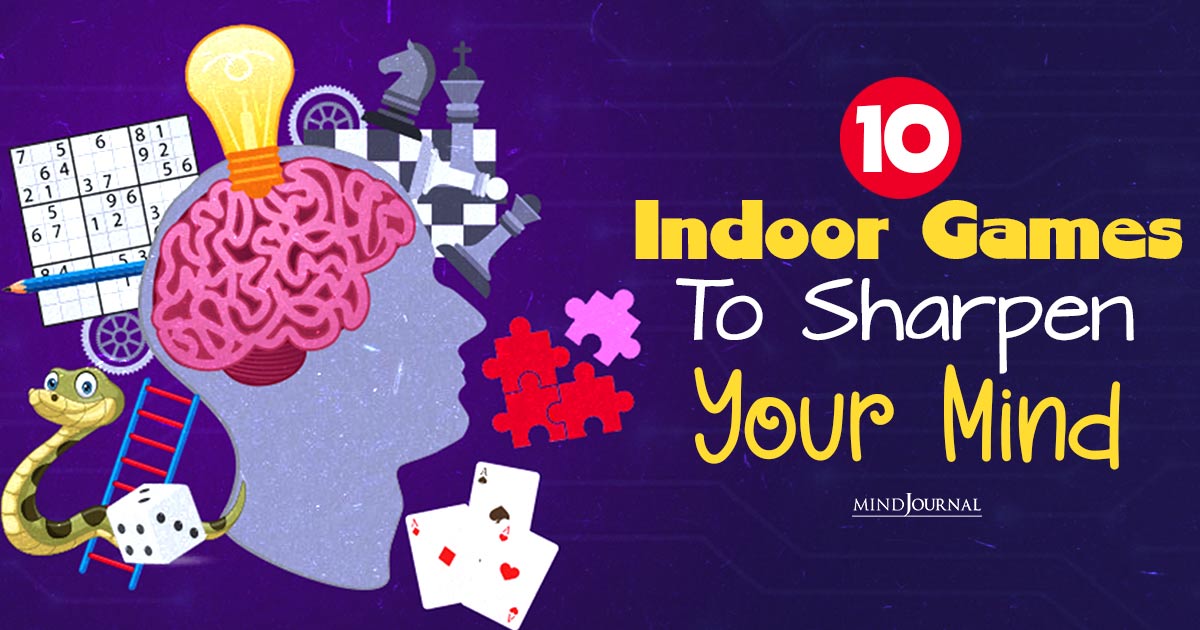
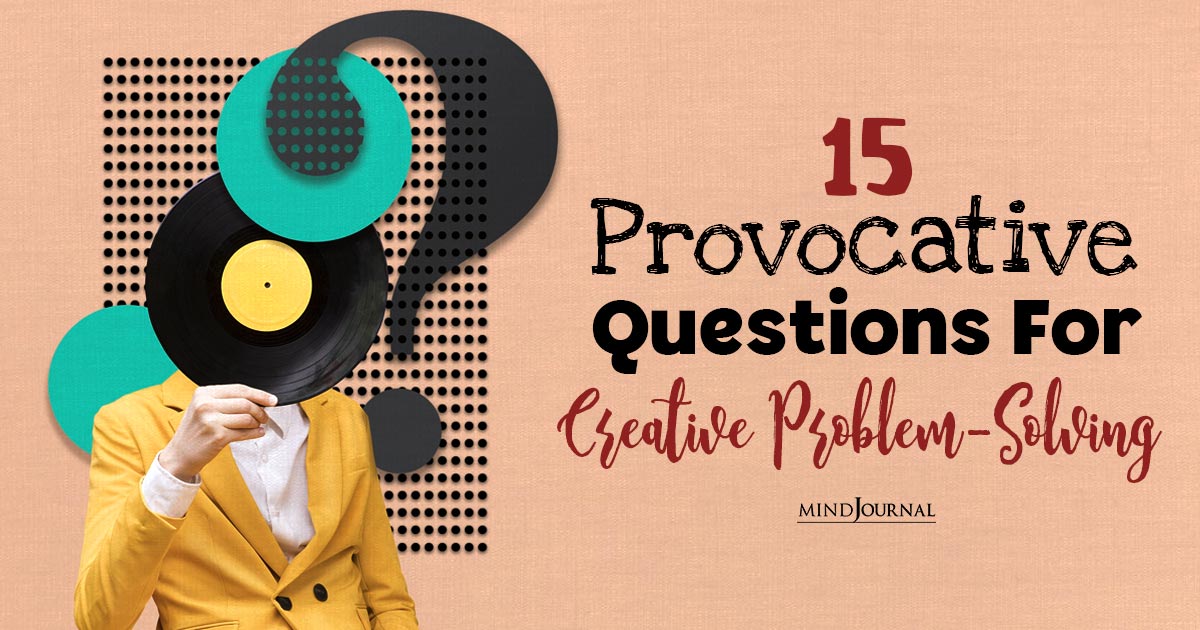
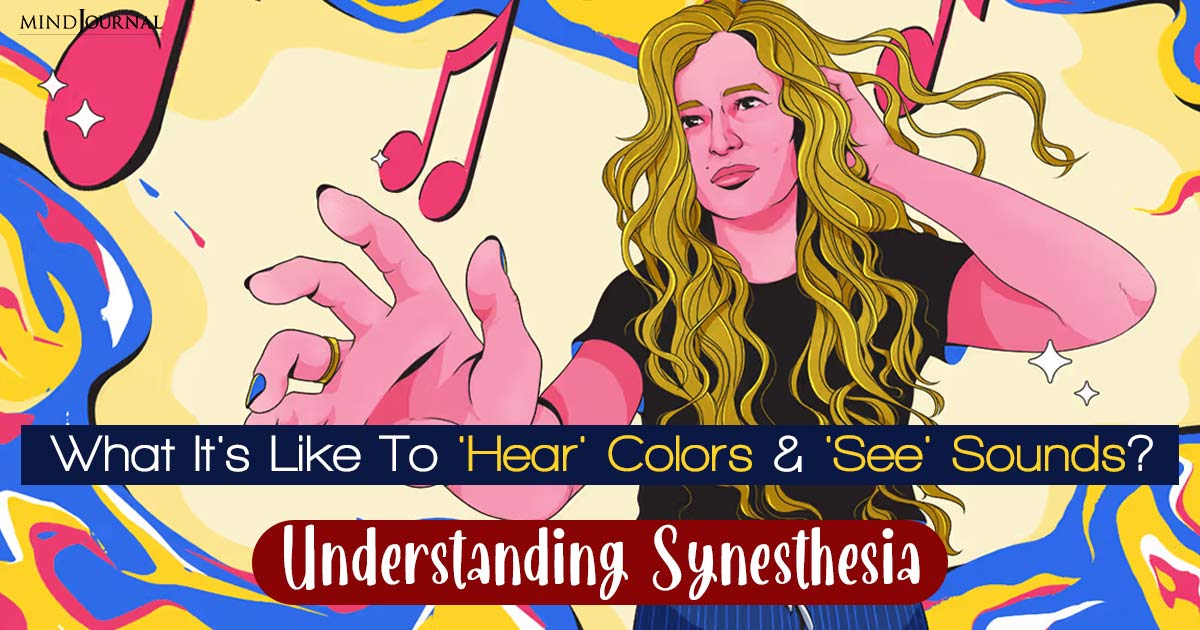
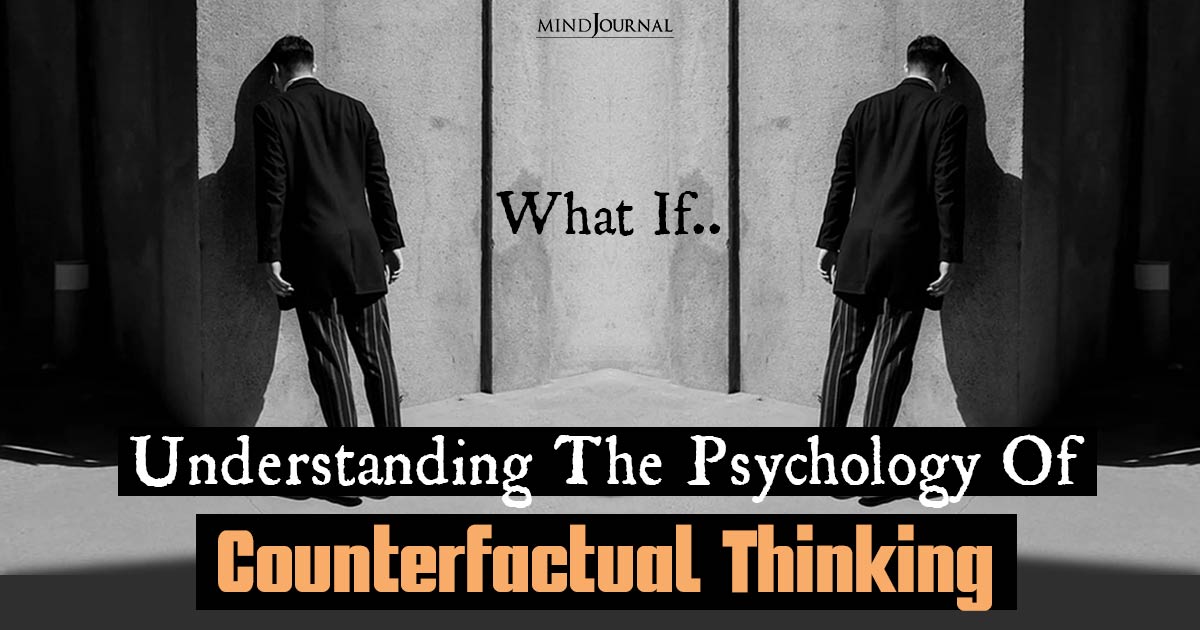
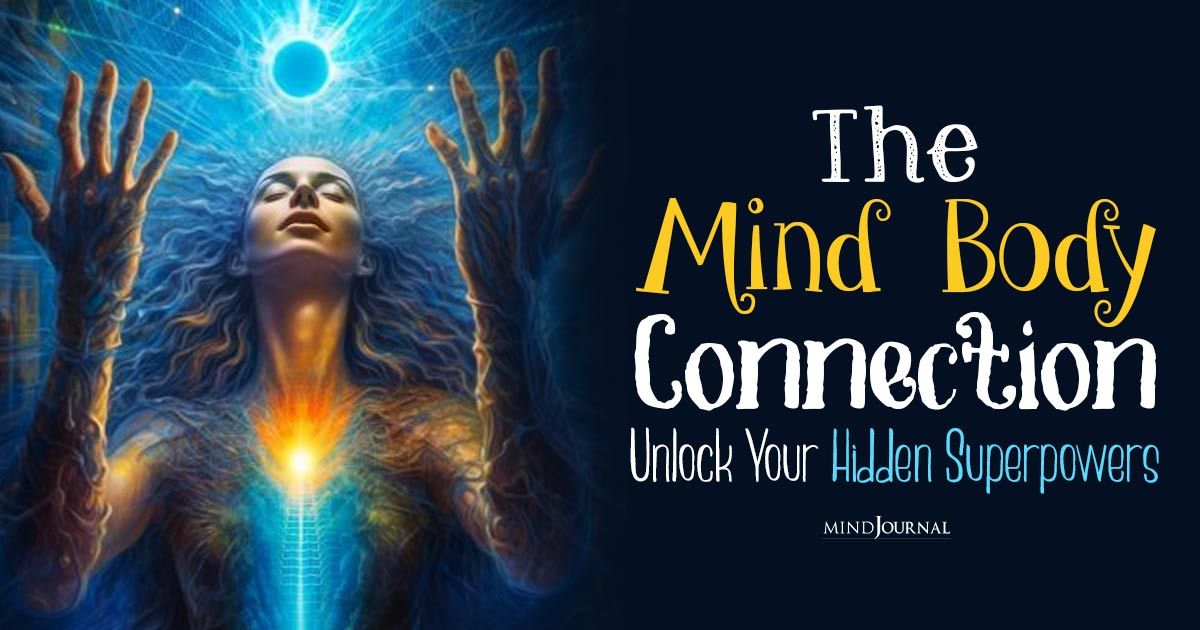
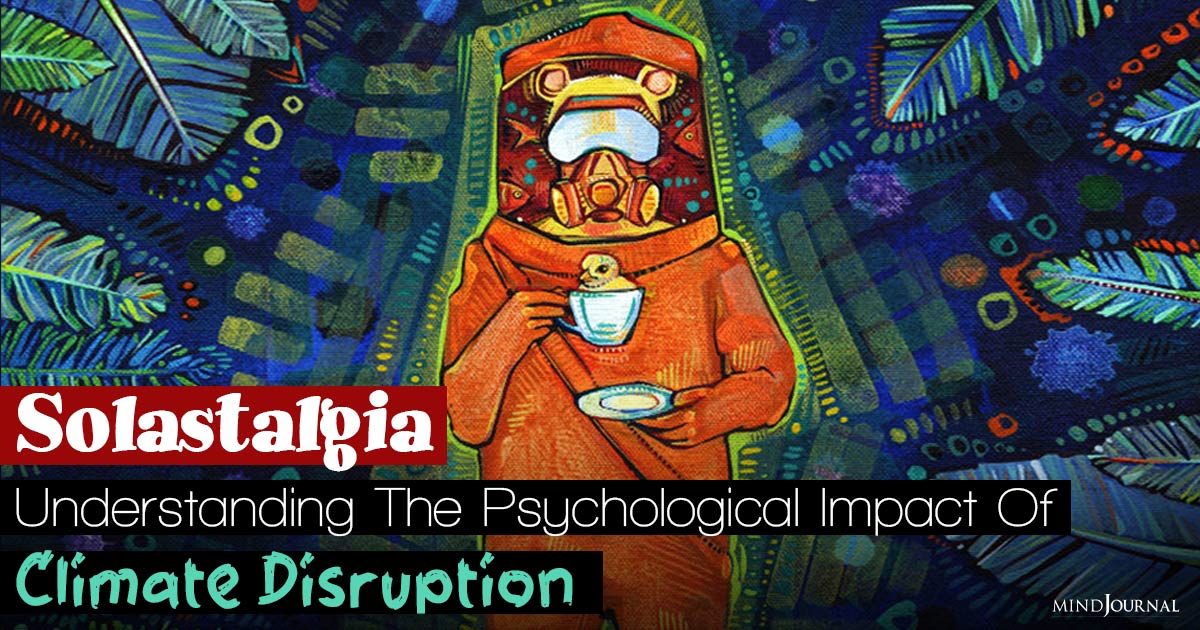
Leave a Reply
You must be logged in to post a comment.